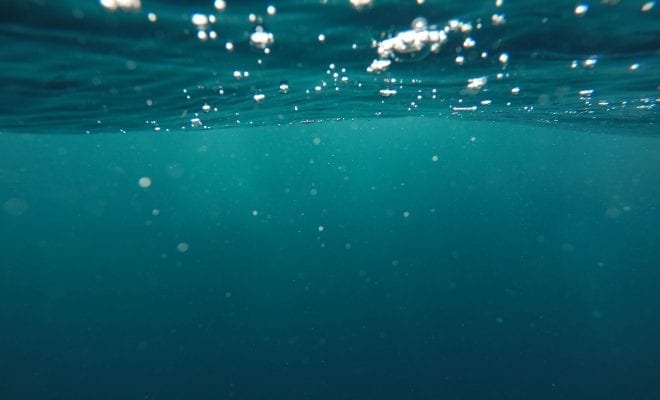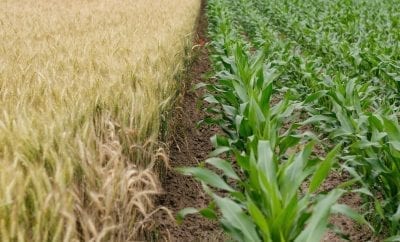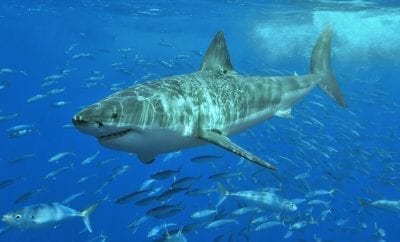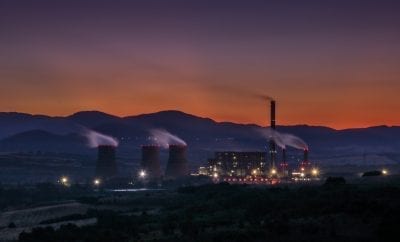
News
California Waters are Acidifying at a Rapid Pace
According to new research published in Nature Geosciences, scientists are finding that California waters are experiencing ocean acidification twice as fast when compared to the rest of the world. This poses a threat to major fisheries in the region while serving as a warning that the ocean is reaching a threshold for how much of the world’s carbon emissions it can absorb.
In a time where carbon emissions continue to rise the ocean is faced with absorbing levels of carbon dioxide that are higher than ever. When carbon dioxide mixes with seawater, it undergoes chemical reactions that can lead to an increase in the water acidity.
With acidity levels increasing, it damages marine environments, wreaking havoc on shell-forming organisms, marine life, and corals. With the oceans covering more than 70% of the Earth’s surface, it can be a pivotal aspect in absorbing more than 25% of all carbon emissions from humans, purifying the air we breathe at the expense of acidifying the water.

“This is the first time that we have any sort of record that takes it back to the beginning of the [last] century,” said Emily Osborne, NOAA researcher and lead author of the study. “Prior to this, we didn’t have a time series that was long enough to really reveal the relationship between ocean acidification” and these climate cycles.
Researchers analyzed almost 2,000 shells of tiny marine animals called foraminifera. About the size of a grain of sand, these shells will eventually fall down to the seafloor where they will become covered by sediment. If the water is more acidic, it becomes difficult for shellfish to build their shells. By measuring these samples, the team was able to note the changes in thickness in the shells, providing a snapshot of the ocean’s acidity level.
In the waters of the Pacific, shells were shown to have gotten 20% thinner since the 20th century. Overall, the pH has dropped 0.21, which is slightly more than double the average over that time. This process of acidification is only exacerbated due to a climate pattern known as the Pacific Decadal Oscillation (PDO), which can control how much water gets stirred up in the region.
These periods of PDO is only speeding up the acidification in the California Current, which in turn is causing a massive impact in the local marine ecosystem. Researchers conclude that restoring the ocean’s kelp forests and other marine vegetation could be a major benefit to limiting the deadly effects of carbon in the ocean. Coupled with substantially curtailing our carbon emissions, this is the only viable way to slow down this acidification process before it’s too late for our oceans.





0 comments